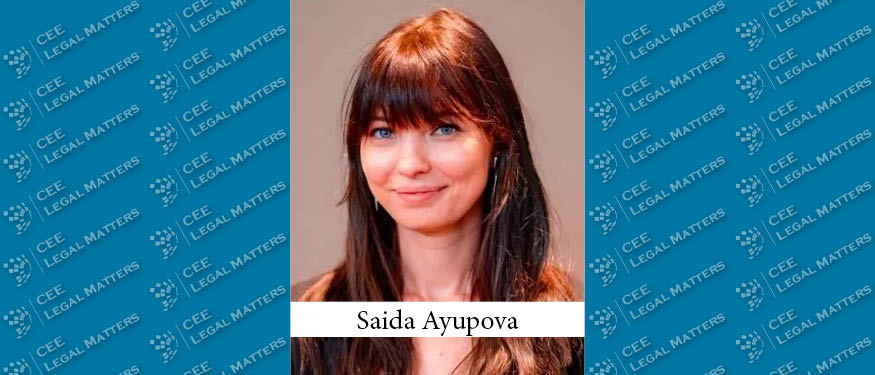The European Accessibility Act (EAA), approved in 2019, takes effect on June 28, 2025. The Act requires a wide range of products and services – such as consumer electronics, vending machines, websites, and mobile apps – to meet accessibility standards for people with disabilities.
According to Eurostat, in 2023, 27% of the EU population over the age of 16 had some form of disability. That’s 101 million people. The legislation mandates both government institutions and private businesses to comply with accessibility requirements to allow for a higher degree of inclusion – something that is clearly and urgently needed given the numbers.
Unfortunately, most law firms are currently failing the test for even basic levels of accessibility.
The European Accessibility Act: What It Is
This article will be primarily read by a very targeted audience – legal professionals. So there is no need to go into a detailed analysis of the legislation. The audience of CEE Legal Matters will give this marketer a run for her money.
Instead, here is a quick recap:
- The aim of the act is to ensure that everyone, regardless of disability, can access digital and physical products and services easily.
- Although the EAA doesn’t mention the Web Content Accessibility Guidelines (WCAG) 2.1 specifically, it closely follows the WCAG 2.1 Level AA (mid-range) standards.
- Businesses and institutions that don’t comply face lawsuits, fines, and other penalties – e.g., removal of non-compliant products and services from the EU market.
Most Common Accessibility Issues
Creating an accessible website is a layered process as it needs to accommodate users with a wide range of disabilities. Having reviewed 100+ sites of law firms operating in the CEE region, here are some of the most common mistakes.
Lack of contrast in colors
Lack of contrast makes text and other important elements difficult or impossible to read for many users – especially those with visual impairments, color blindness, or low vision. An example of low contrast would be light green text on a white background or navy blue text on a black background.
Lack of clear content structure
Users who rely on screen readers use headings, lists, and other landmarks to navigate web pages. Unfortunately, many sites either don’t have proper headings (<h1>, <h2>, etc.) or the headings are poorly structured.
When sections of a page aren’t clearly marked, users can’t skip to the part they need. Instead, they are stuck listening to everything.
Images with missing or confusing alternative text
Alternative text – alt text – allows screen readers to convey the visual content of a page to users who are visually impaired. While it is common for sites to use alt text incorrectly (e.g., stuffing it with keywords), this is not what it’s for.
Others completely ignore alt text, leaving it blank.
Keyboard navigation inaccessibility
There are many reasons why some people may struggle to use a mouse or touchpad to navigate the web – e.g., blind and visually impaired users, those with arthritis, etc. That’s why it is imperative to enable these users to navigate your site using only a keyboard or a keyboard/screen reader combo.
That means every interactive element like links, menu items, buttons, forms, etc. must be reachable via the Tab key. Focus order must be logical and predictable.
Online Tools to Run a Preliminary Audit of Your Site
There are a number of tools – free and premium – that you can use to get a preliminary idea of how your law firm’s website measures up.
- WAVE Web Accessibility Evaluation Tool audits your site for contrast, structure, alt text, missing form labels, and more.
- Accessibility Checker is another online tool that audits for WCAG 2.1 compliance issues.
- WebAIM offers a contrast checker tool that allows you to determine the level of compliance of your brand’s color palette against various backgrounds.
The European Accessibility Act isn't just another bureaucratic hurdle; it's a reflection of a broader shift toward inclusion.
It’s also a statement that accessibility is no longer optional. It’s a legal requirement, a moral imperative, and increasingly, a competitive advantage.
If your firm hasn’t started preparing, there’s no time like the present.
By Saida Ayupova, Founder, Five-o-eight
